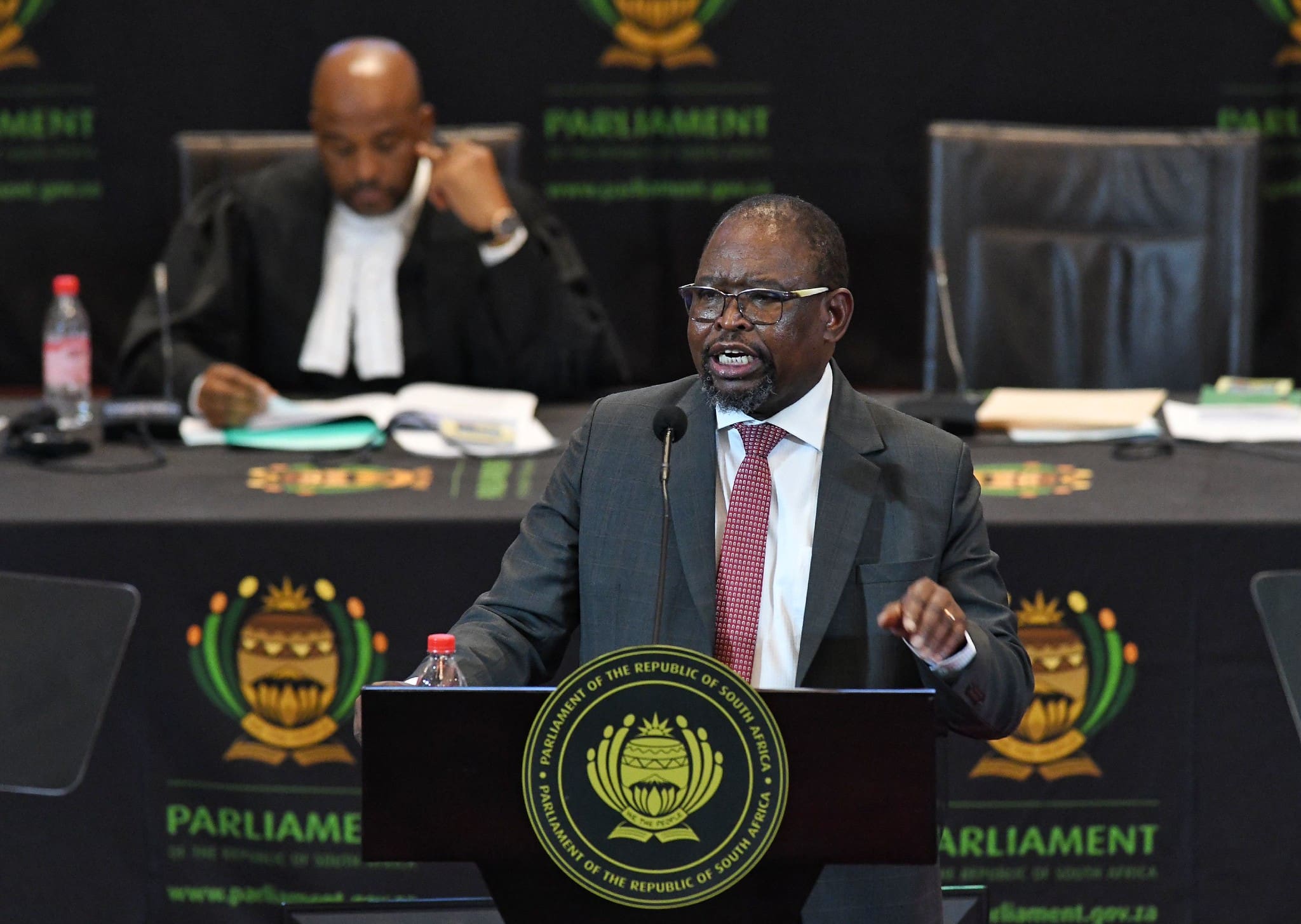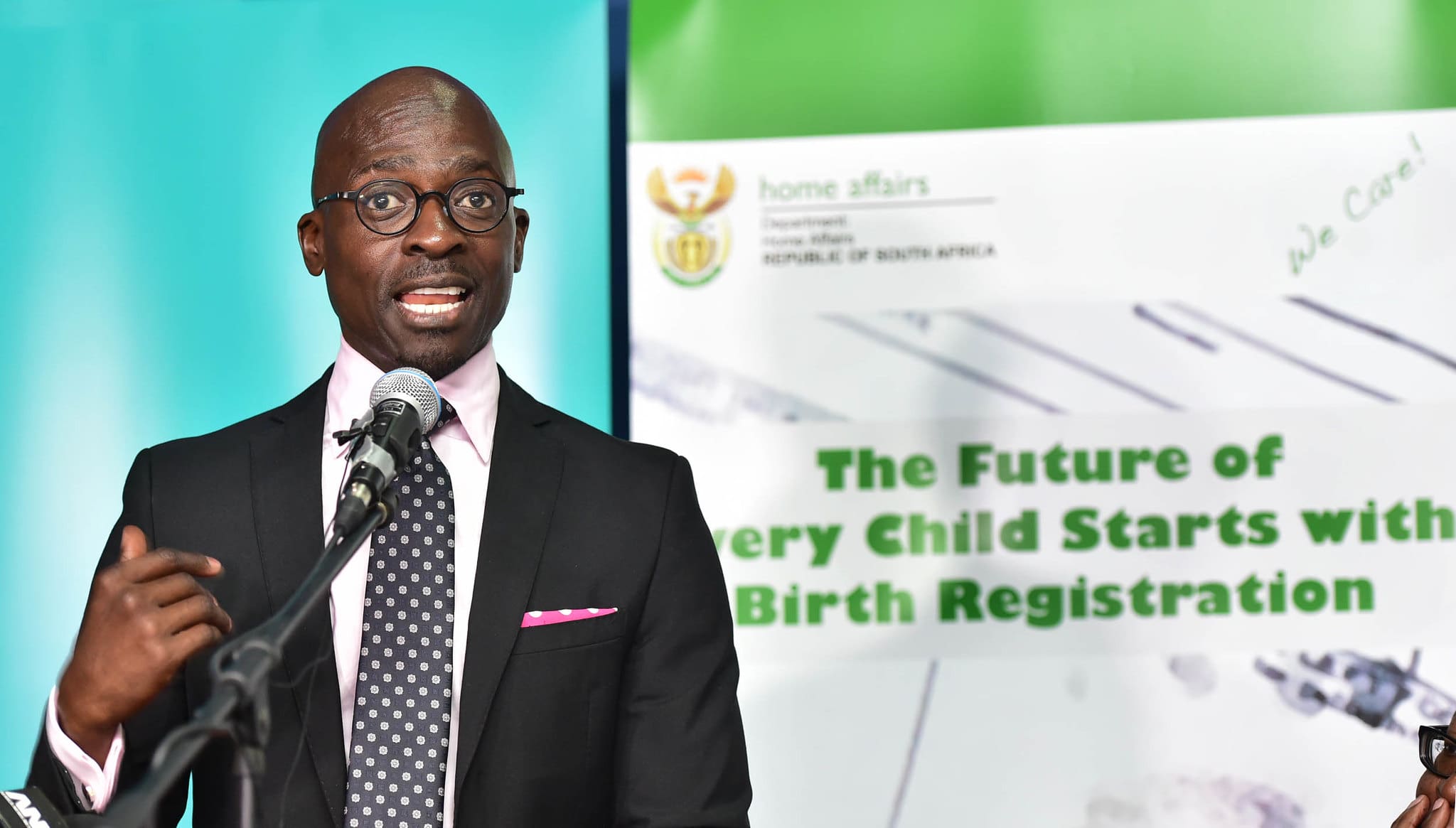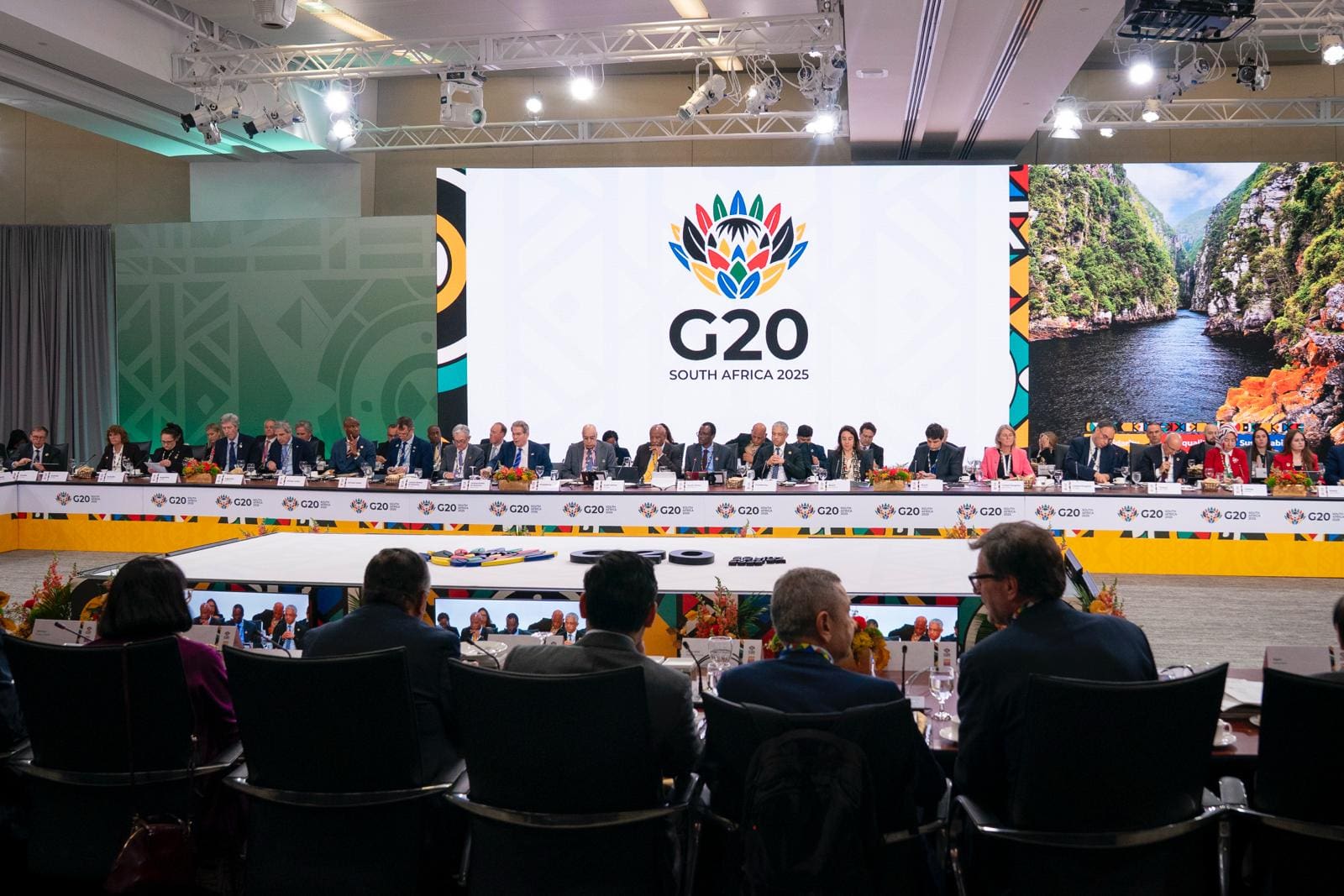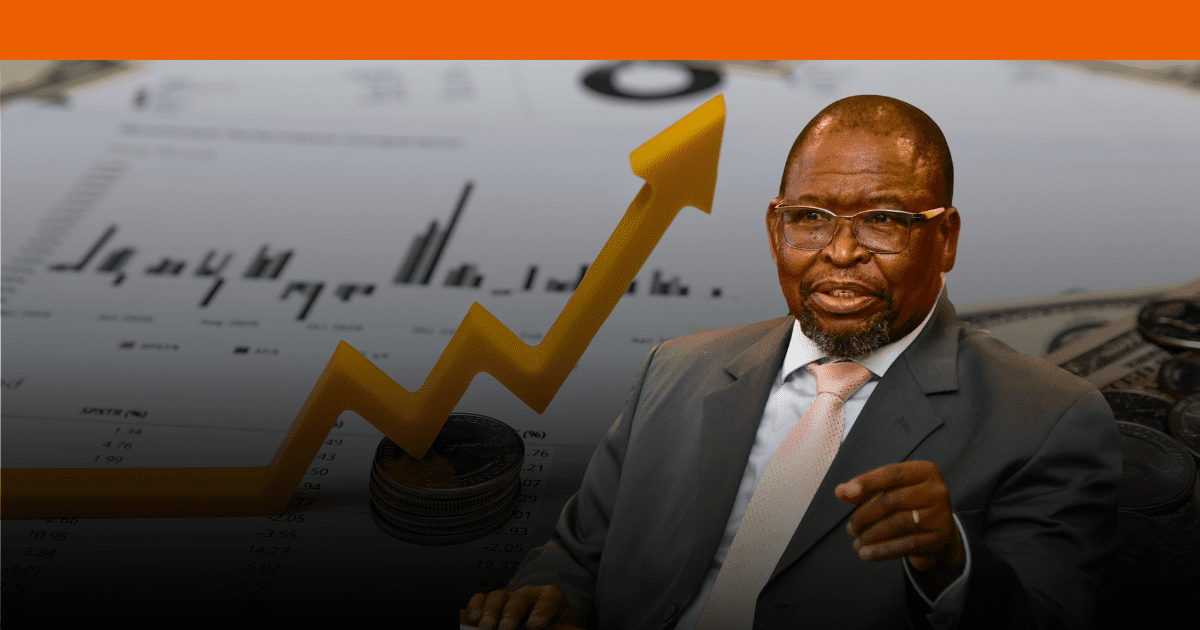South Africa may finally be clawing its way out of the economic doldrums. Business leader Adrian Enthoven said recently that we’ve “achieved the impossible” – turning around over a decade of decline – and this week’s mini budget backs him up.

“We have collectively achieved what was once considered impossible — reversing years of economic decline,” he said in a public lecture at the University of Stellenbosch last week. Enthoven helped set up Business for SA and co-leads Operation Vulindlela’s energy team.
Wednesday’s Medium-Term Budget Policy Statement suggests the same. Finance Minister Enoch Godongwana revealed that, for the first time since the 2008 global financial crisis, public debt has stopped rising as a share of GDP. That’s huge. For years, debt ballooned due to bailouts, a bloated public sector, and weak growth. Now, after years of restraint, better tax collection, and investor confidence, the state is finally spending within its means – with a primary budget surplus for the third year in a row.
Godongwana said real GDP growth is forecast to double in 2025 and more beyond, albeit from a very low base of the 0.7 % that South Africa’s average annual GDP growth has hovered around over the past decade, leaving real GDP per capita roughly unchanged.
That may all sound like budget-speak, but it matters. Debt costs less now – R4.8bn less than in February – and credit rating agencies are taking note. SA hasn’t had a ratings upgrade since 2005. We clawed our way to investment grade post-apartheid, only to lose it under former president Jacob Zuma, whose state capture years triggered a cascade of downgrades. Since 2017, we’ve sat three notches deep in “junk” status. But now? There’s real hope that Friday’s S&P announcement could bring an upgrade – or at least a signal we’re headed that way.
Part of the reason? Load shedding, that ever-present reminder of SA’s dysfunction, has almost vanished. Since 26 March, the lights have (mostly) stayed on – the longest stretch in four years. It’s thanks to a major overhaul of Eskom leadership, smarter government planning, and a solar boom powered by deregulation. And now with Kusile Power Station’s final unit online, the national grid is back to near full capacity.
Of course, as with all things in Mzansi, challenges remain. Growth is slow, local governments are still failing, and organised crime is eating away at progress. Enthoven calls it the “new state capture” – a dire warning. And he’s clear: if the Government of National Unity collapses or populists gain ground, it could all unravel.
But for now, things are looking up. Inflation is down. Investment is flowing. The JSE is booming. Enthoven urges us to overcome our “declinism” – the South African habit of expecting the worst.
It’s not yet a miracle. But it’s starting to look like a proper recovery.
- Staff Reporterhttps://explain.co.za/author/staff-reporter/
- Staff Reporterhttps://explain.co.za/author/staff-reporter/
- Staff Reporterhttps://explain.co.za/author/staff-reporter/
- Staff Reporterhttps://explain.co.za/author/staff-reporter/




